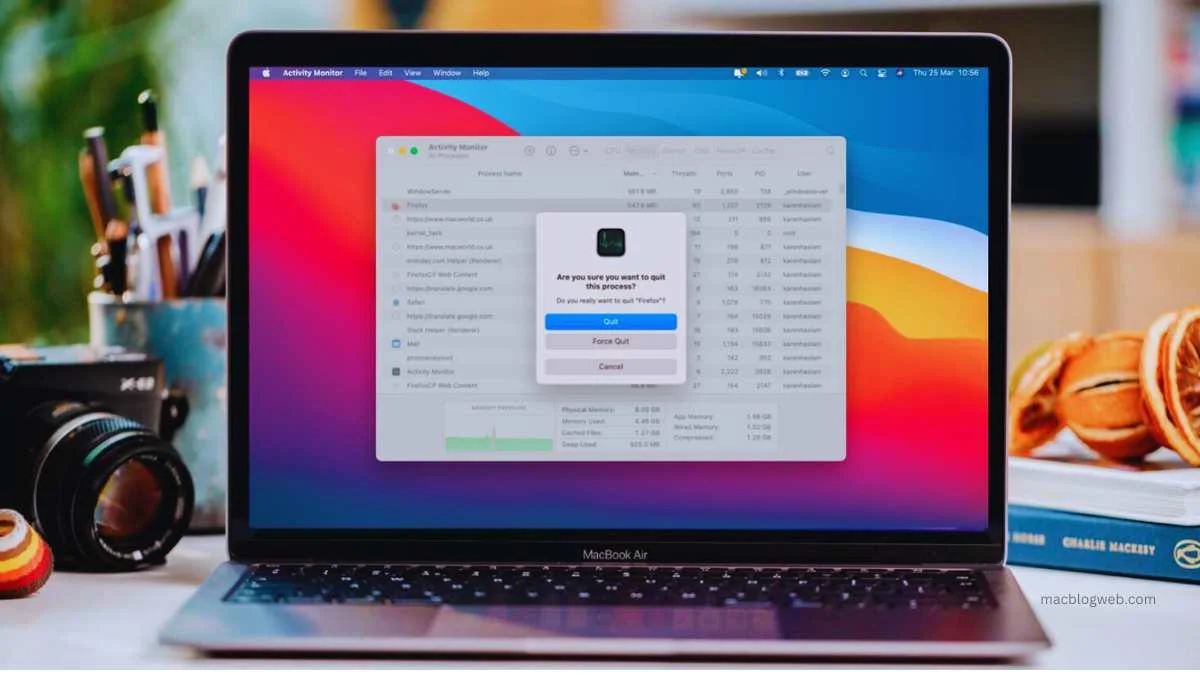Is your Mac not performing up to par? Are you encountering sluggishness, unresponsive applications, or alarming error messages like “Your system has run out of application memory”? If so, your Mac Memory Clean up, also known as RAM (Random Access Memory) or Unified Memory, might be reaching its limits. Fear not! In this guide, we’ll delve into the intricacies of Mac memory management, explore techniques to optimize memory usage, and recommend the best tools for Mac Memory Clean up.
Understanding Mac Memory Clean up
Before we dive into memory cleanup techniques, let’s establish a foundational understanding of Mac Memory Clean up. RAM serves as the temporary storage for active tasks and processes on your Mac. Unlike the permanent storage provided by your hard drive or SSD, RAM is much faster, facilitating quick access to data required by running applications. Essentially, the more RAM your Mac has, the more efficiently it can handle multiple tasks simultaneously.
Apple’s implementation of memory, known as Unified Memory, is particularly noteworthy. Unified Memory, integrated directly onto the chip alongside the CPU and GPU, offers instantaneous accessibility. This architecture, exemplified in Apple’s M1 chip, boasts superior efficiency compared to traditional RAM setups. As Bob Borchers, Apple’s VP of worldwide product marketing, aptly stated, “8GB on an M1 MacBook Pro is probably analogous to 16GB on other systems.”
Signs of Memory Issues
How do you know if your Mac’s memory is causing performance woes? Look out for these telltale signs:
- Sluggish Performance: Applications take longer to launch, respond slowly, or freeze intermittently.
- Error Messages: Common error messages like “Your system has run out of application memory” indicate memory constraints.
- Spinning Beach Ball: If you frequently encounter the spinning beach ball cursor, it could signify excessive memory usage.
Techniques for Mac Memory Clean up
Now that we’ve identified the symptoms, let’s explore strategies to alleviate memory pressure and optimize your Mac’s performance:
1. Close Unused Applications
Every running application consumes a portion of your Mac’s memory. Close unnecessary applications to free up RAM for tasks at hand. You can use the Command + Q shortcut to quit applications or utilize the Activity Monitor utility to identify memory-hogging processes.
2. Manage Startup Items
Minimize the number of applications launching at startup. Navigate to System Preferences > Users & Groups > Login Items and remove unnecessary applications from the startup list. This reduces the memory footprint upon booting up your Mac.
3. Clear Cached Data
Temporary files and cached data accumulate over time, consuming valuable memory resources. Use built-in utilities like Disk Utility or third-party tools to purge caches and temporary files periodically. Additionally, Safari users can clear browsing history and cache from the browser settings.
4. Optimize Virtual Memory
Virtual memory, managed by macOS’s Memory Compression feature, extends your Mac’s usable memory by utilizing disk space as a supplement to RAM. While this can improve performance, excessive paging to disk may degrade performance. Monitor virtual memory usage in Activity Monitor and consider upgrading your physical RAM if paging becomes frequent.
5. Update macOS and Applications
Regularly updating macOS and installed applications ensures compatibility, stability, and performance improvements. Apple frequently releases updates that address memory management issues and enhance system efficiency. Keep your Mac and software up to date to benefit from these optimizations.
Best Apps for Mac Memory Clean up
For users seeking automated solutions or advanced memory management tools, several third-party applications cater to Mac memory clean up:
1. CleanMyMac X
CleanMyMac X offers a suite of optimization tools, including a dedicated Memory Cleanup feature. It scans your system for memory-intensive processes and allows you to clear RAM with a single click. Additionally, it identifies and removes junk files, optimizing overall system performance.
2. Memory Clean 3
Memory Clean 3 provides real-time monitoring of memory usage and offers manual memory optimization. Its intuitive interface displays memory statistics and allows users to free up memory with a simple click. The app also features automatic memory cleaning at predefined intervals.
3. AppCleaner & Uninstaller
While primarily known for its application removal capabilities, AppCleaner & Uninstaller includes a memory cleanup feature. It identifies memory-intensive applications and processes, allowing users to terminate them effortlessly. Additionally, it helps declutter your Mac by uninstalling unused applications and associated files.
Conclusion
In conclusion, maintaining optimal memory performance is crucial for ensuring a smooth and responsive Mac experience. By understanding Mac Memory Clean up fundamentals and implementing proactive memory cleanup techniques, you can mitigate performance issues and enhance productivity. Whether through manual optimization methods or utilizing specialized memory cleanup apps, taking proactive steps to manage memory usage can breathe new life into your Mac, ensuring it operates at peak efficiency for years to come.
FAQs
- How can I tell if my Mac is running out of memory?
Signs of memory issues include sluggish performance, frequent “Your system has run out of application memory” error messages, and encountering the spinning beach ball cursor. - What are effective ways to clean up memory on a Mac?
Close unused applications, manage startup items, clear cached data, optimize virtual memory, and keep macOS and applications updated to improve memory usage. - What tools can help with Mac memory cleanup?
Tools like CleanMyMac X, Memory Clean 3, and AppCleaner & Uninstaller offer automated memory optimization, real-time monitoring, and efficient cleanup solutions.








